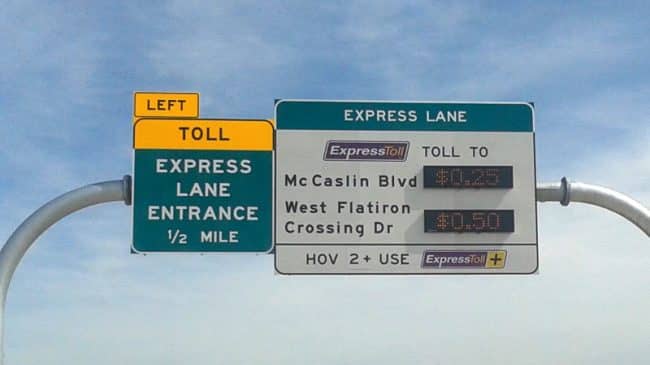This paper demonstrates the potential benefits of an integrated mobility solution and policy decisions on how to best make use of limited available capacity where future roadway widening is not viable. Urban toll roads, like our example project of SR 836 in Miami, have become increasingly congested, and the operating agency is now constructing the last viable widening project. In the short term this will improve travel speeds and overall operations, but over time conditions will again deteriorate.
Toll roads typically provide a superior level of service compared with non-tolled roads, but this can deteriorate when capacity expansion is no longer possible. Policymakers should consider integrated mobility options, such as those discussed herein, to provide the best level of service possible in the face of constraints on widening. Implementation of express bus service, possibly with a well-planned network of park-and-ride lots or garages along the project corridor, can encourage travelers to leave their cars at the entrance to the toll road, and improve operating conditions for those who choose to continue to drive.
But express bus alone may not be the best answer. A combination of expanded bus service together with peak-period express lanes operation will likely provide the best possible conditions for all drivers, including the majority of customers who will continue to use the tollway’s general purpose lanes and pay traditional tolls.

